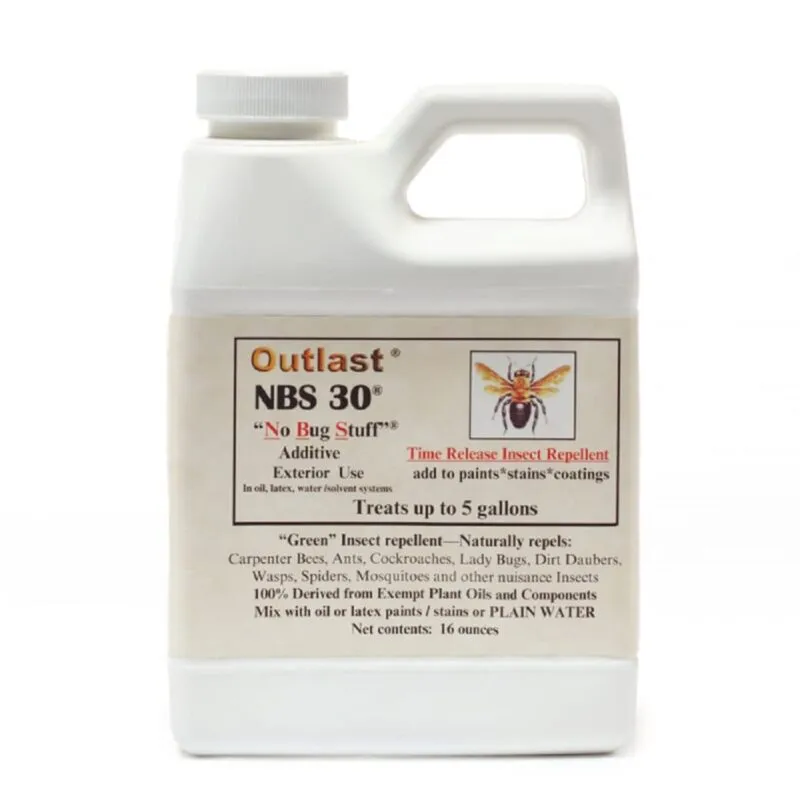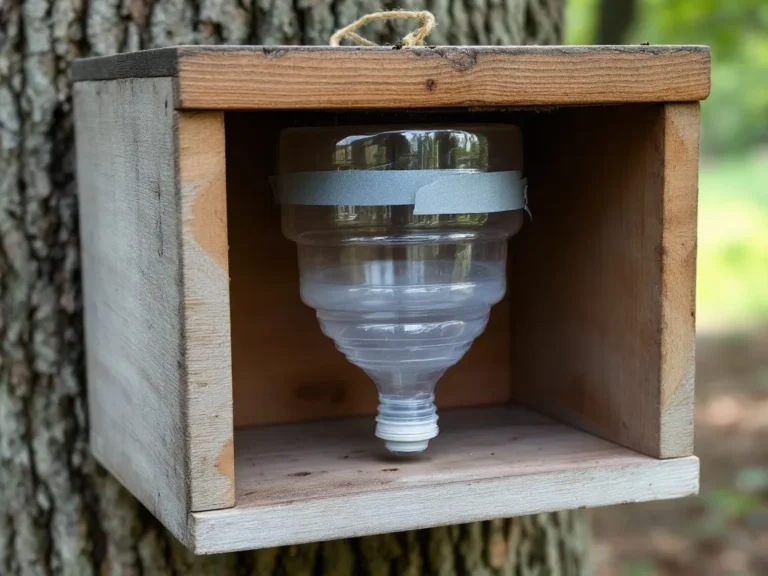Wooden structures add charm and warmth to any home. However, they also attract unwanted visitors like carpenter bees. If you’ve ever found small holes in your wood, chances are carpenter bees are to blame. These bees can cause serious damage if left unchecked. While various methods exist to prevent them, one of the most effective solutions is using a wood stain that repels carpenter bees.
NBS 30 is a popular choice, especially among DIY enthusiasts. It promises to protect your wood and keep carpenter bees at bay. But is it truly effective? Let’s dive in to see how NBS 30 works and how it can help protect your home from carpenter bees.
The Problem with Carpenter Bees
Before diving into solutions, it’s important to understand the issue. Carpenter bees are large, solitary insects known for boring into wood. They don’t eat wood like termites, but they tunnel into it to make nests. Over time, these tunnels can weaken the wood, causing structural damage.
Homeowners with wooden decks, fences, or outdoor furniture are especially at risk. The good news is that by applying the right stain, you can prevent carpenter bees from turning your home into their nesting site.
How Stains Protect Wood from Carpenter Bees
Many homeowners wonder whether a simple wood stain can really deter carpenter bees. The answer is yes, but not just any stain will do. Some stains, particularly those infused with natural repellents, can protect your wood from insects.
When applied correctly, these stains form a protective barrier that repels carpenter bees. It works by either masking the wood’s natural scent, which attracts bees, or by containing ingredients that irritate or repel them. This is where NBS 30 comes into play.
What is NBS 30?
NBS 30 is an insect repellent additive designed to mix with wood stains and paints. It contains natural essential oils known to repel a wide range of insects, including carpenter bees. Once added to your wood stain, NBS 30 makes your wooden surfaces less attractive to these bees.
You might be wondering, how exactly does it work? When NBS 30 is mixed into a stain and applied to wood, it releases a scent that carpenter bees dislike. This scent lingers for several months, acting as a deterrent to keep the bees from drilling into the wood.
How to Use NBS 30 for Carpenter Bee Prevention
Using NBS 30 is simple. You can add it to any oil-based or latex-based stain. After mixing, apply the stain to your wooden surfaces as you normally would. The mixture will provide a protective layer that not only repels carpenter bees but also other insects like mosquitoes and ants.
For the best results, reapply the stain every year, especially on outdoor surfaces that are exposed to the elements. Keep in mind that while NBS 30 is effective at repelling carpenter bees, it doesn’t kill them. Its primary function is to prevent the bees from boring into the wood in the first place.
The Effectiveness of NBS 30: What the Reviews Say
So, does NBS 30 really work? Many homeowners and DIYers have reported success using NBS 30 to protect their wood from carpenter bees. The general consensus is that while it may not completely eliminate the presence of carpenter bees, it significantly reduces the damage they cause.
Several users have noted that after applying NBS 30, they observed fewer bees hovering around their wooden structures. The bees that did appear seemed to lose interest quickly, likely because of the scent. However, it’s important to note that for heavy infestations, additional measures may be needed, such as using carpenter bee traps or hiring a professional.
Other Methods to Protect Your Wood from Carpenter Bees
While NBS 30 is a great option, it’s not the only way to protect your wood from carpenter bees. Here are a few additional methods to consider:
- Paint or Varnish: Painted or varnished wood is less attractive to carpenter bees than untreated wood.
- Carpenter Bee Traps: These traps lure carpenter bees in and prevent them from nesting in your wood.
- Wood Filler: If carpenter bees have already drilled holes in your wood, use wood filler to seal them up. This can deter bees from returning.
By combining NBS 30 with these methods, you can create a comprehensive carpenter bee prevention plan.
Resources
Here are some useful resources to help you protect your wood from carpenter bees:
FAQs
Q: What makes NBS 30 effective against carpenter bees?
A: NBS 30 contains natural essential oils that repel carpenter bees, making wooden surfaces less attractive to them.
Q: Can NBS 30 be used with any wood stain?
A: Yes, NBS 30 can be added to both oil-based and latex-based stains and paints.
Q: How often should I reapply NBS 30?
A: It’s recommended to reapply NBS 30 annually, especially for outdoor wood exposed to the elements.
Q: Does NBS 30 kill carpenter bees?
A: No, NBS 30 repels carpenter bees but doesn’t kill them.
Q: Can NBS 30 be used indoors?
A: Yes, NBS 30 can be used indoors, but it’s primarily designed for outdoor use.
Conclusion
Carpenter bees can cause significant damage to wooden structures, but with the right preventive measures, you can protect your home. NBS 30 is a proven solution that repels carpenter bees by making wood less appealing to them. Whether you’re staining your deck, fence, or outdoor furniture, adding NBS 30 to your wood stain can provide long-lasting protection.
To fully protect your home, consider combining NBS 30 with other methods like painting, using carpenter bee traps, or sealing holes. With a little effort, you can keep carpenter bees at bay and preserve the beauty of your wood.





